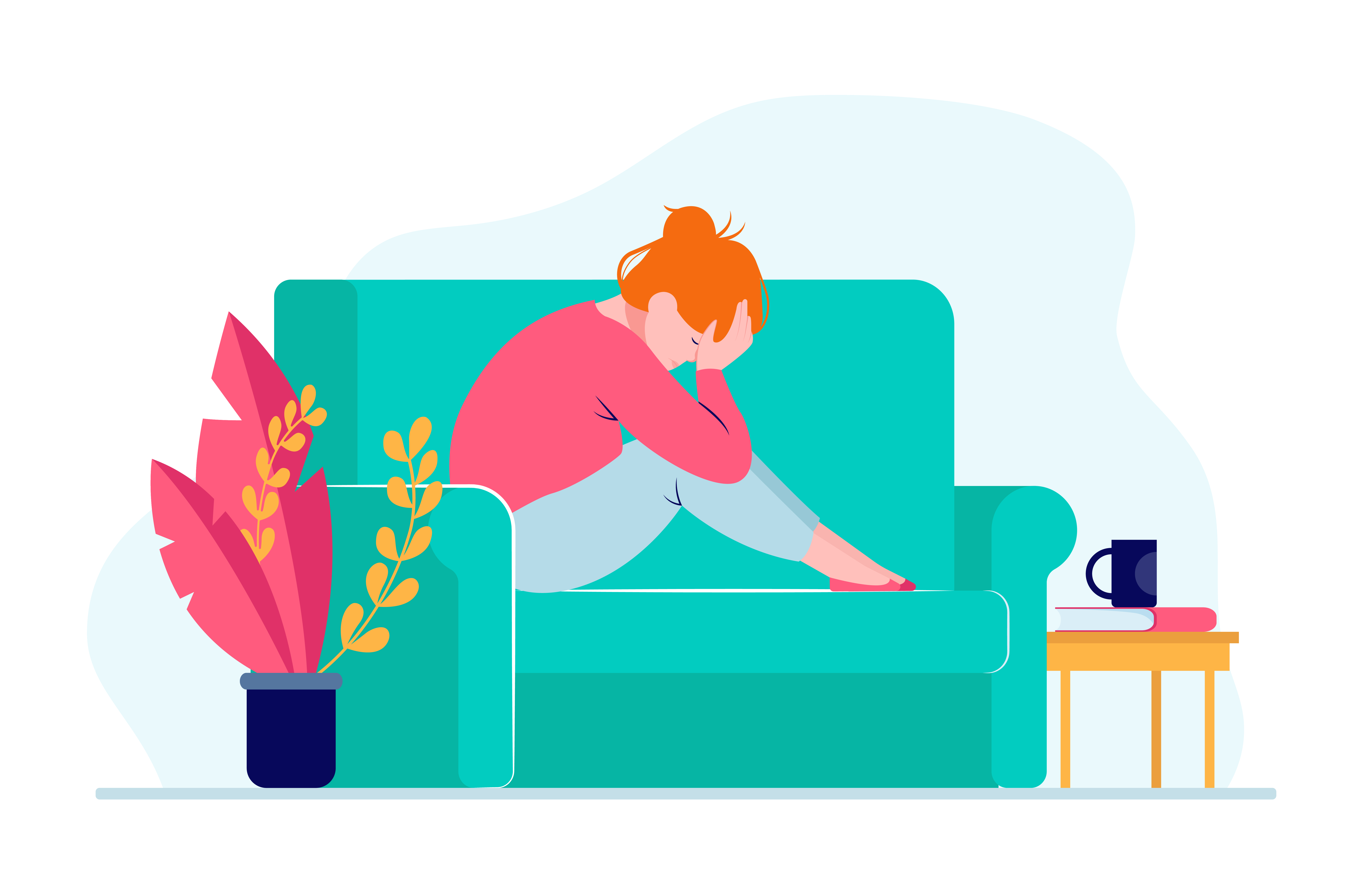Don’t ignore your negative feelings by naming them as “winter blues”. This can be a serious concern if it is not treated at the right time.
Ananya who was in 9th grade was very good in studies. She was punctual in doing her assignments and studies. She was always in the top 5 students in her class. She was full of energy and actively participated in sports.
From October her performance in studies started to drop. She couldn’t concentrate in class and after coming from school, all she wanted to do was to sleep. Her parents were thinking that this is just because of some bad influences of her friends and her laziness. They used to scold her. She didn’t perform well in her exams in January. After that, she slowly went back to normal study routine, started socializing again and scored decent marks in her final exam.
Her parents thought this was just a phase and it is over now as she started doing well in studies. Everything was going fine. But when the same thing happened the next year around the same time of the year, her parents took her to a doctor where she was diagnosed with Seasonal Affective Disorder.
What is Seasonal Affective Disorder?
Seasonal Affective disorder (SAD) is a type of depression which is related to changes in seasons.It begins and ends at the same time every year. A person with SAD will start showing the symptoms when winter is approaching and will continue till the winter season ends. The symptoms might start with mild but they can be moderate with the season. During spring the days start to get longer and people with SAD finds relief from the symptoms and feel less fatigue.
Symptoms of SAD
A person with SAD might feel these things –
- Lack of interest in doing activities that one loves doing.
- Feeling fatigued throughout the day
- Energy level is low.
- Not able to sleep properly but still wants to be in bed.
- Lack of focus and concentration
- Feeling worthless or hopeless
- Sometimes having self-harm or suicidal thoughts.
- Craving for foods that are high in carbohydrates.
- Lack of socialization.
Causes of SAD
After many pieces of research, experts have found out that the main cause of SAD is a chemical imbalance in the brain. The two chemicals #Serotonin and #Melatonin regulate our mood, sleep, appetite and energy level.
In winter, when the days are short and the nights are long, it results in an increase in the Melatonin level and a decrease in the Serotonin level in our brain which causes depression.
Melatonin is responsible for sleep. When the nights are longer there is an increase of production of melatonin in our brain due to which the person feels fatigued and negative throughout the day. They are not interested in doing anything at this time.
However, #Serotonin increases when the person is exposed to sunlight. So the person has a lower level of serotonin and high level of melanin in winter which gives rise to SAD.
Treatment of SAD
Being tired, lazy, change in sleep pattern or appetite change can be the symptoms of other mental health disorders also. To treat Seasonal Affective Disorder, a proper diagnosis from a qualified psychiatrist is very important. If the symptoms are mild then the doctor might not prescribe any anti-depressants and just advice therapy sessions and more exposure to sunlight. But if the symptoms are moderate then medications might be needed with light therapy.
As SAD has symptoms of laziness, lack of concentration, procrastination etc, people often are confused. Even parents and teachers think that the child is just not trying their best and they continue to scold the child. If you think you are experiencing these symptoms or you know anyone in your friends or family members who are showing these symptoms, then ask them to take professional help from a psychiatrist.
You can speak with our experts to know more about SAD. You click Chat With Us

